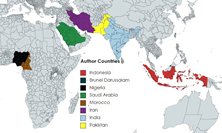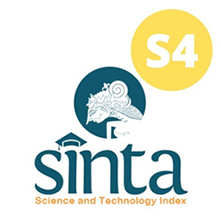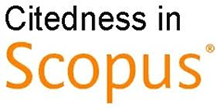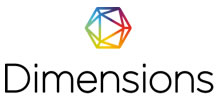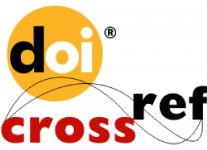Improvement of Non-invasive Blood Sugar and Cholesterol Meter with IoT Technology
Abstract
In checking blood sugar levels, patients often feel uncomfortable because invasive blood sampling must be done and if done to patients who have a history of high glucose, it can cause wounds that are difficult to heal and can be operated on. This study aims to non-invasively monitor cholesterol levels, reducing discomfort and pain for patients by eliminating the need for invasive procedures. The method used in this research is the MAX30102 sensor will detect blood sugar through the patient's finger, the data will be processed in ESP8266 as monitoring will connect to the OLED LCD as a viewer and IoT as data storage with Wi-Fi connected. In this study, the greatest accuracy value was obtained 99.03% with the largest error value of 10.52% and the smallest accuracy value was 89.48% with the smallest error value of 0.97%. From all measurement results, the average accuracy value is 93.974% and the average error is 6.026%. It can be concluded that the development of a non-invasive method for monitoring blood sugar levels by utilizing the MAX30102 sensor with this accuracy value shows that this non-invasive method is reliable for monitoring blood sugar levels. In future studies, researchers are expected to use more accurate sensors and take more data to get a better average value.

This work is licensed under a Creative Commons Attribution-ShareAlike 4.0 International License.
Authors who publish with this journal agree to the following terms:
- Authors retain copyright and grant the journal right of first publication with the work simultaneously licensed under a Creative Commons Attribution License that allows others to share the work with an acknowledgement of the work's authorship and initial publication in this journal.
- Authors are able to enter into separate, additional contractual arrangements for the non-exclusive distribution of the journal's published version of the work (e.g., post it to an institutional repository or publish it in a book), with an acknowledgement of its initial publication in this journal.
- Authors are permitted and encouraged to post their work online (e.g., in institutional repositories or on their website) prior to and during the submission process, as it can lead to productive exchanges, as well as earlier and greater citation of published work (See The Effect of Open Access).

